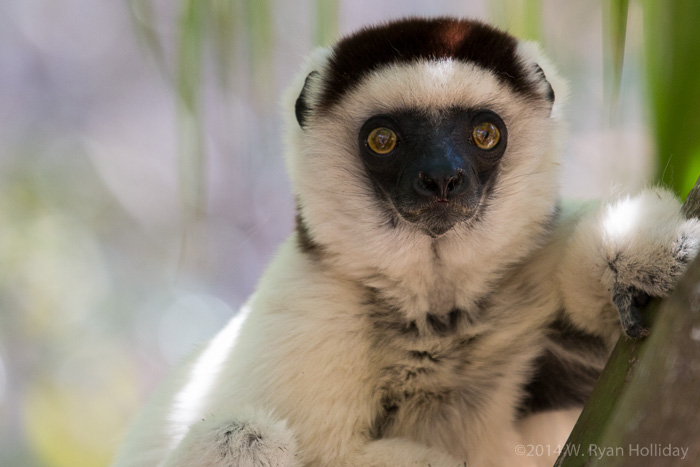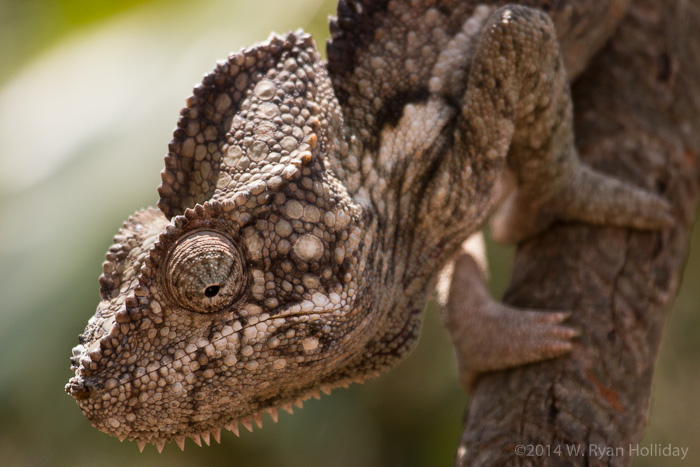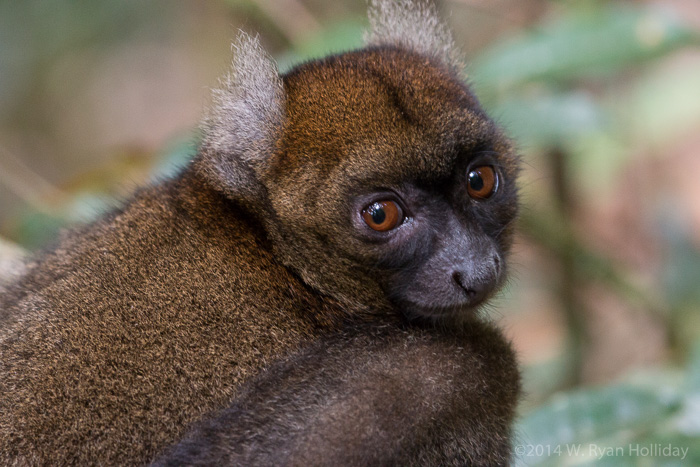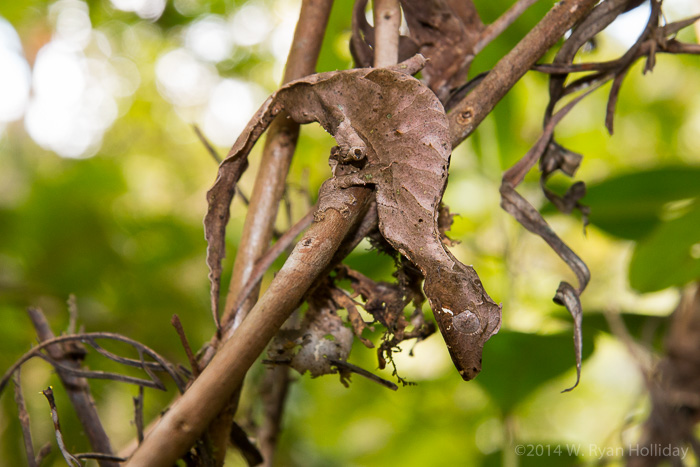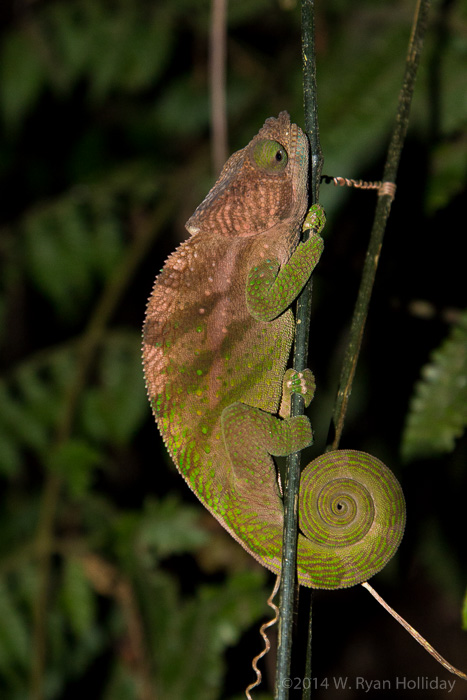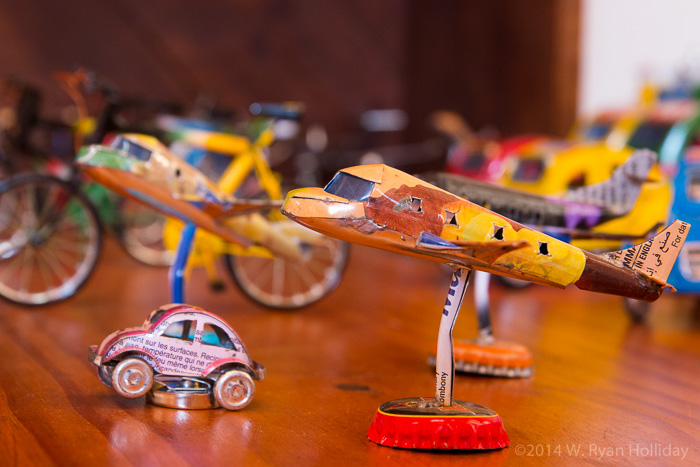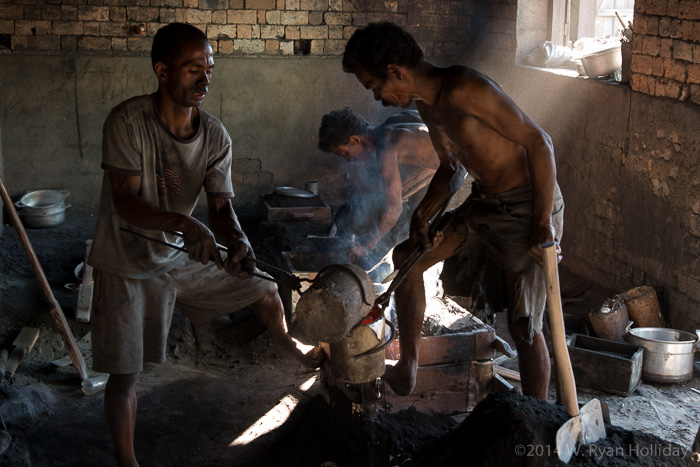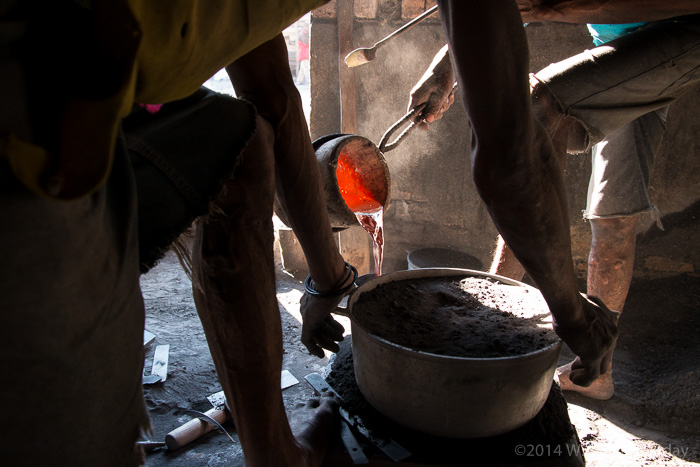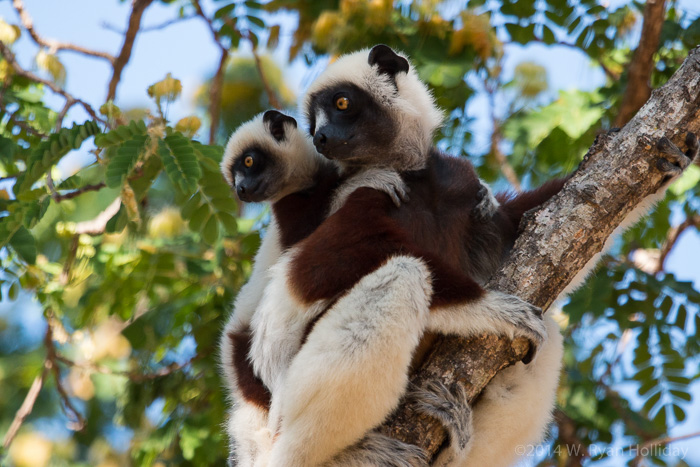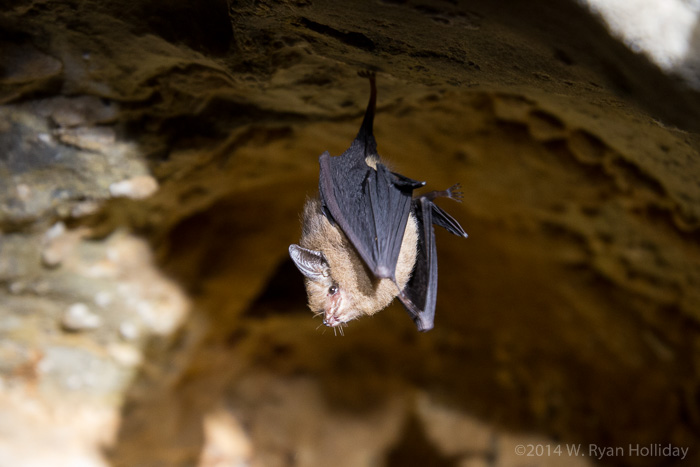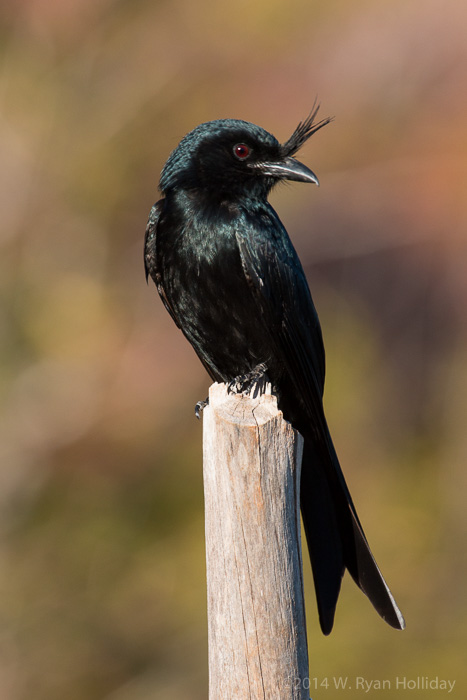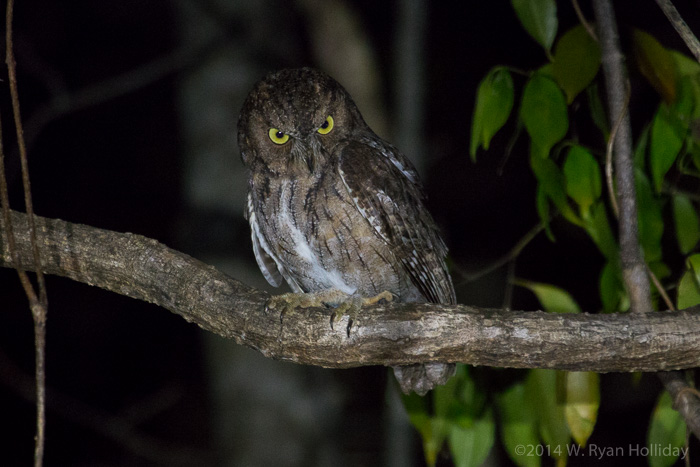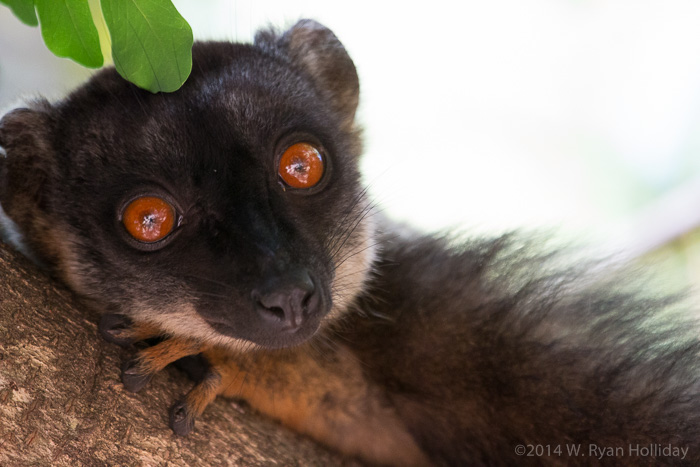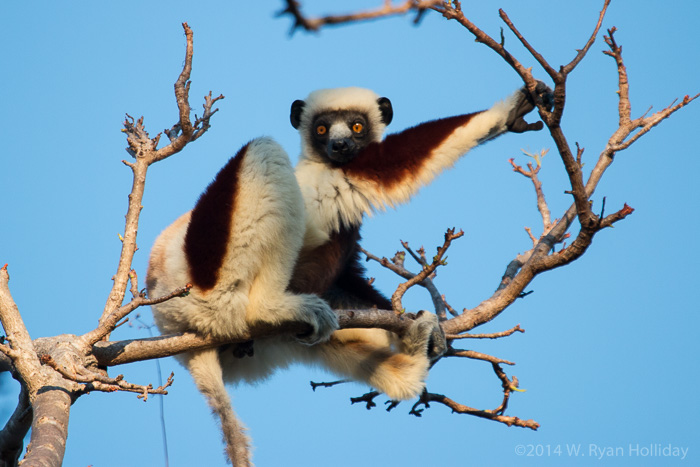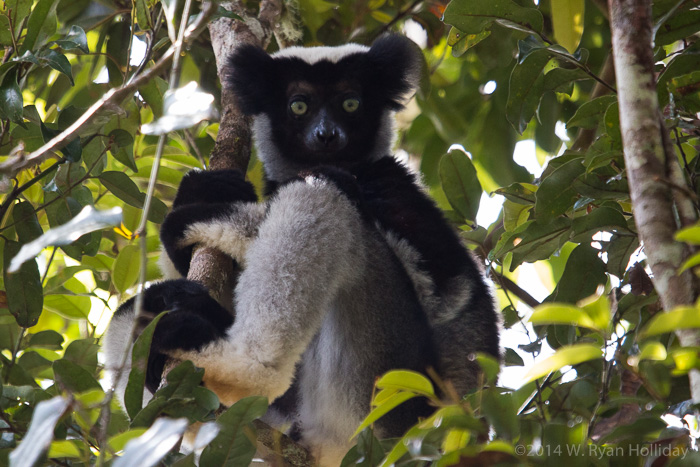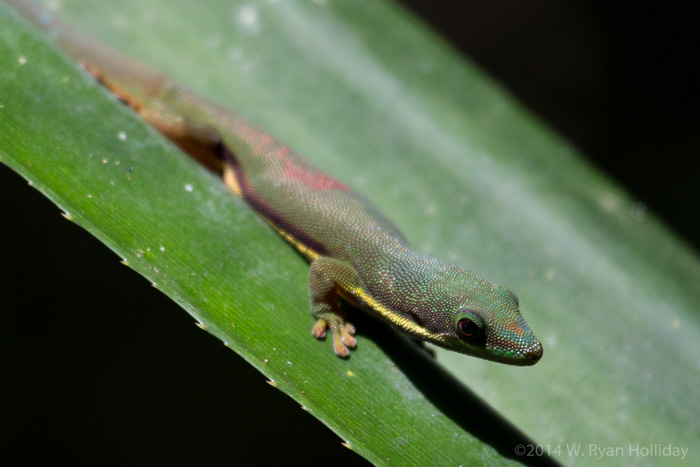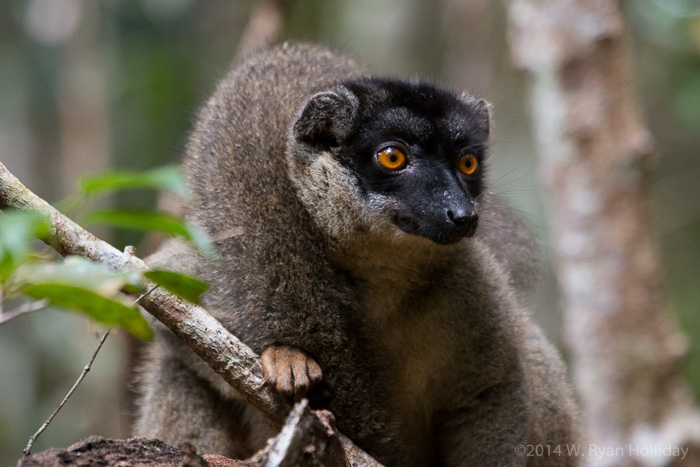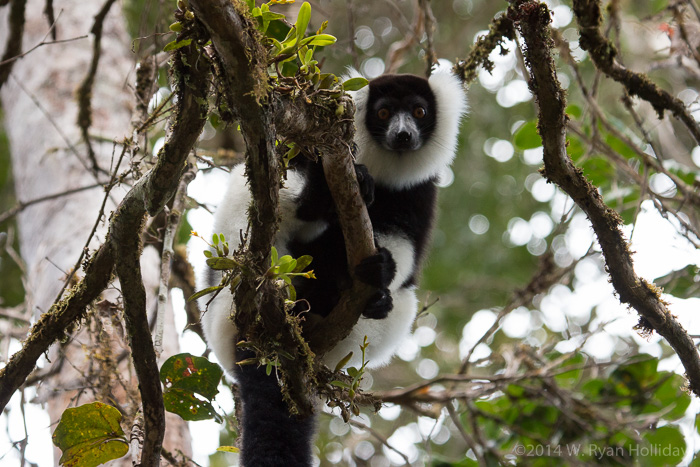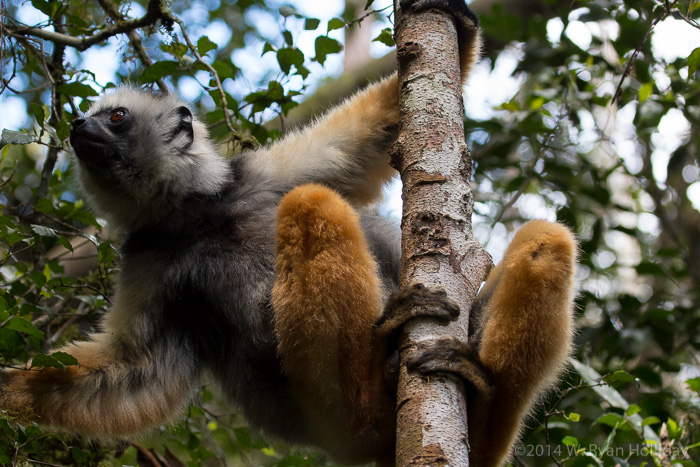We reached the ocean today after a four hour drive from Isalo, at which point we turned right and traveled at fifteen miles per hour up a bumpy “road” to the seaside town of Ifaty. The route today was past all manner of villages and people, and was done with Desiree playing Celine Dion as our soundtrack for much of the way. The ever-present taxi brousse (van taxis) were out as always, each with room for about ten people, while actually containing around twenty-five, plus everything from furniture to produce to farm animals piled on the roof. Zebu carts yielded to us as we passed, lumbering overloaded trucks did not, while people pushing carts filled with water containers, bags of charcoal, firewood, or anything else needing transport labored up hills in the heat. Ancient bicycles were in use, some carrying three people, some loaded down with lumber, some merely carrying a single passenger who had somewhere to get to.
The scenery showed the effects of generations of slash-and-burn, with grassy fields stretching to the horizon, except in one area that was maintained as a national park and thus still forested. Baobab trees started appearing as we neared the coast, although hopefully tomorrow we’ll see some of the older, larger members of the species. Sapphire miners were bringing their gems into the many shops that appeared during a brief stretch of road, and the rivers in that area were filled with people filtering gravel looking for the tiny blue stones. Villages varied from mud huts with thatched roofs to stick huts to the occasional modern building, although once we reached the coastal town of Toliara the construction was mostly all modern.
The people along the way seemed happy for the most part. Children waved, some of them running to the car yelling for “bon bons”. Older folks were busy with the chores of their daily lives, whether working in the fields, chopping firewood, taking something from point A to point B, or running a tiny roadside stand. People in Madagascar have only a fraction of the wealth seen in other nations – our guidebook says that a doctor or university professor might make just $200 a month, while our guide in Andasibe indicated that the fellow who manned the security booth at the hotel probably made 100,000 Ar per month (about $40) – but despite the low wages people seem to get by sufficiently. Obviously when things go wrong for someone here they can go very wrong – a big storm might wipe out crops and mean no food, or an accident could lead to a handicap that would end a person’s ability to support himself – but for the majority of individuals it seems like they do well with the life they’ve been given. Hopefully conditions will continue to improve, but at the same time there is probably a lesson to be learned from the fact that even in the toughest of situations, people can be as happy or happier than those of us who live in comparative luxury.
